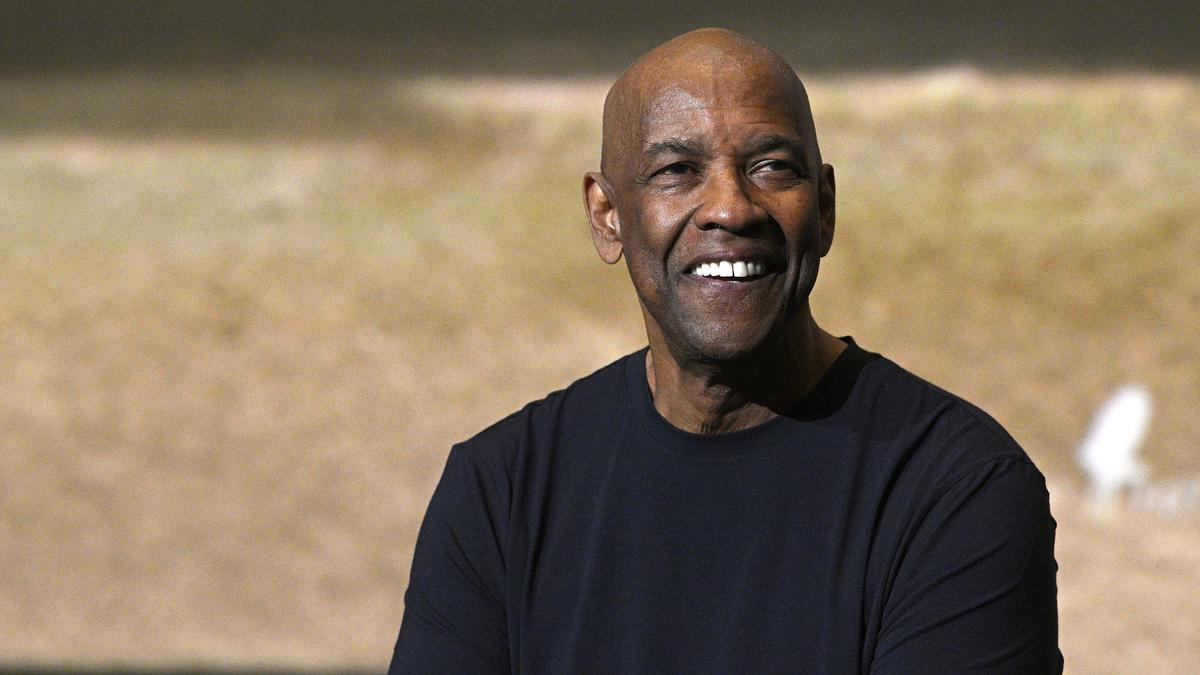
With the Test series already in their possession, Team India is eyeing a befitting conclusion against England in the final fixture at Dharamsala. Overcoming an initial setback in Hyderabad, India staged a remarkable turnaround, stringing together a hat-trick of victories. A pivotal figure in this resurgence has been Ravichandran Ashwin, whose 17 scalps tie him as the series’ second-highest wicket-taker.
Ashwin’s illustrious spell in Test cricket continued as he clinched his 35th five-wicket haul, drawing level with Anil Kumble as the Indian with the most five-fors in the format. Even more noteworthy is that out of these, 12 of Ashwin’s five-wicket hauls have arrived in the third innings of a Test match, a feat bested only by Muttiah Muralitharan, the Sri Lankan icon who has achieved this 21 times. Kumble, representing India, and Shane Warne of Australia also registered 12 third innings five-wicket feats in their storied careers. As Ashwin gears up for the Dharamsala Test, he stands on the precipice of surpassing both legends should he manage to capture five or more wickets in the encounter.
During the recent Ranchi Test, Ashwin not only created history but decimated it. By surpassing Kumble’s record, Ashwin proudly holds the title for the most Test wickets by an Indian spinner on home soil, with 354 dismissals to his name. This remarkable achievement places him fourth on the global stage for most wickets taken at home. Furthermore, Ashwin eclipsed Rangana Herath’s tally of five-wicket hauls in Tests played in one’s own country, registering his 27th such occurrence. Ahead of him remains only Muttiah Muralitharan, who towers with an astonishing count of 45 five-wicket hauls.
As Team India prepares to lock horns with England once more, their squad adjustments have been significant. KL Rahul’s absence due to injury coincides with the return of pace spearhead Jasprit Bumrah, adding to the tactical dynamics of the final Test. India’s collective might has been on display throughout the series with almost every member contributing to their success. One of the latest revelations was the incoming vice-captain for the Lucknow Super Giants in the Indian Premier League (IPL), underscoring the importance of leadership within the ranks.
The context of this series is laden with narratives, but none quite as compelling as Ashwin’s. His journey is dotted with milestones that reveal not just individual brilliance but a reflection of India’s dominance in the longest format. As a master tactician and a spinner with guile, Ashwin’s evolution has been synonymous with the fortitude of Indian cricket in recent years.
Among the subplots and side stories, a curious development arose from the Bangladeshi camp. Wicketkeeper-batsman Mushfiqur Rahim stirred the pot with a cryptic statement on his T20 International career, provoking speculation and intrigue. These developments may seem tangential, yet they form the rich tapestry of international cricket, where storylines intertwine and heroes and villains are cast on the grand stage.
Dharamsala awaits the potential reshaping of the cricketing record books, and with it, the chance for Ravichandran Ashwin to stride into cricketing immortality. The stage is set, the players are ready, and history beckons. Will Ashwin seize the moment and leave his indelible mark on the game? As the world watches with bated breath, only time will tell if he’ll join the pantheon of cricket’s greatest or if fate has other plans.










